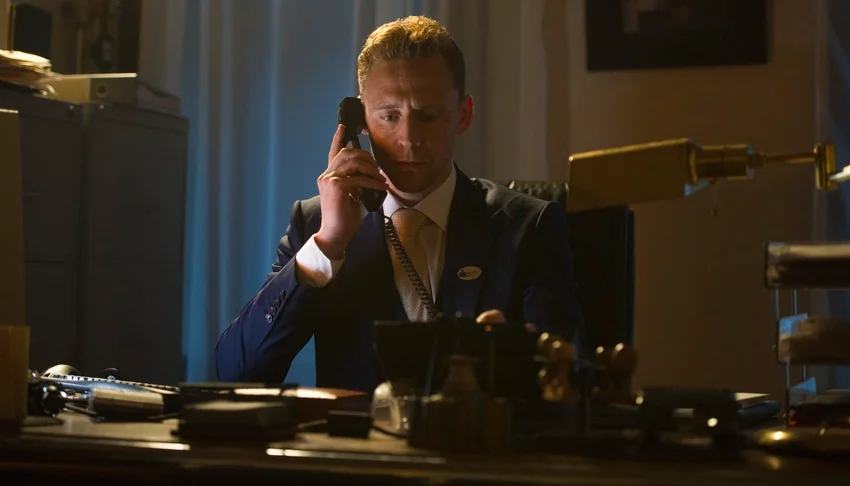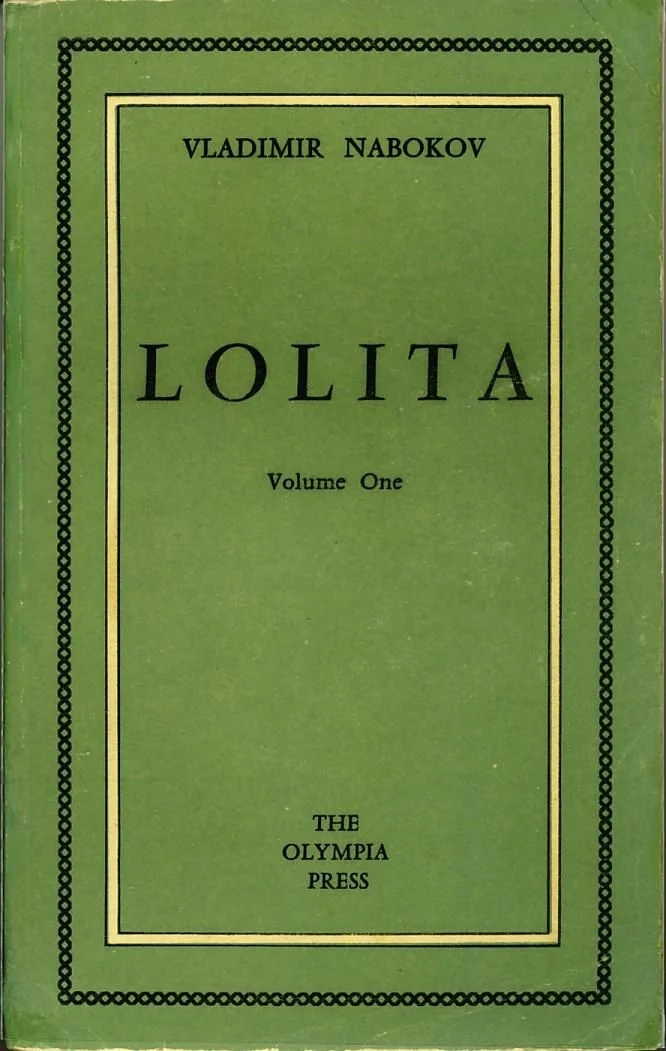When John le Carré’s The Night Manager was adapted for television in 2016, expectations were high—and understandably so. Known for his intricate plots, moral ambiguity, and atmospheric storytelling, le Carré’s novels are often described as cinematic in tone but challenging to translate directly to the screen.
Yet the limited series, starring Tom Hiddleston and Hugh Laurie, not only succeeded as an adaptation—it arguably surpassed the book in terms of accessibility and emotional engagement. Much of this success is owed to how the visual medium restructured the novel’s non-linear narrative into a cohesive and captivating experience.
While the original novel employs flashbacks and fragmented timelines to build complexity, the TV adaptation reconfigures the story into a more streamlined yet visually expressive narrative. Instead of losing nuance, this restructuring enhances it, allowing the visual format to do what the written word cannot: reveal emotional subtext, establish atmosphere instantly, and deepen character relationships through imagery, pacing, and performance.
The Challenge of Non-Linear Storytelling in Prose
In the novel, le Carré weaves past and present through layered memories and abrupt temporal shifts. This literary technique adds depth to protagonist Jonathan Pine’s motivations and highlights the long arc of international espionage. However, for readers unfamiliar with le Carré’s dense prose, this structure can be disorienting. The shifts in time are often subtle, relying on internal monologue, historical references, or changes in setting that require attentive reading and careful inference.
While this complexity is part of le Carré’s appeal, it presents a barrier to emotional immediacy. Readers may understand Pine’s actions intellectually but remain at a distance from his emotional journey. The TV series solves this by rearranging events into a more linear sequence while still preserving the essential tension and thematic layering of the original.
Visual Continuity Enhances Emotional Investment
One of the most significant advantages of the visual format is its ability to immediately communicate emotional states and narrative context. A glance, a pause, or the shadowy lighting of a scene can convey inner conflict far more efficiently than prose that must describe the same sensation.
By structuring the story more linearly, the series invites viewers to experience Jonathan Pine’s transformation in real-time. We witness his initial moral hesitation, his gradual entanglement with arms dealer Richard Roper, and the emotional toll of leading a double life. Without the interruptions of flashbacks or shifts in narrative voice, viewers are drawn deeper into his journey, forging a stronger empathetic connection.
This sense of continuous development builds narrative momentum. Each decision, betrayal, and close call compounds emotional tension, resulting in a more immersive experience than the book’s layered but occasionally meandering plot.
Cinematic Language Replaces Exposition
Le Carré’s novels often involve extensive exposition—detailing intelligence operations, political motives, and psychological profiles. While this approach works in print, too much exposition can bog down a screen adaptation. The brilliance of The Night Manager series lies in its use of visual storytelling to replace lengthy explanations.
For instance, instead of narrating Pine’s psychological turmoil, the series lets us see it: his hesitation before entering a room, his quiet moments of self-reflection, or the haunted look in his eyes after a lie takes its toll. These moments speak volumes without a single word.
Similarly, the dangerous allure of Richard Roper’s world is not described—it’s shown through luxurious villas, carefully curated dinner parties, and the subtle menace behind his smiles. The non-linear storytelling of the book presents Roper’s persona through fragments; the show, in contrast, lets us absorb it in real-time, making his charm and ruthlessness all the more believable and chilling.
Supporting Characters Breathe More Fully Onscreen
The narrative reshuffling in the series also benefits supporting characters. Angela Burr, the intelligence officer played by Olivia Colman, becomes a moral anchor and emotional core of the story. While present in the novel, Burr’s character (a man named Leonard Burr in the original) feels more schematic—primarily a vehicle for institutional ethics.
Visually, however, Burr’s struggle against bureaucratic inertia and institutional corruption is given space to unfold. Through subtle performance and clever editing, viewers see her frustration, resilience, and emotional investment in Pine’s mission. These layers would be harder to convey with equal immediacy in a book structured through memory and inference.
Even minor characters, like Roper’s girlfriend Jed or his inner circle of loyalists, gain narrative clarity. The visual medium allows their actions and relationships to develop more organically, free from the fragmented structure of the novel. The result is a richer ensemble that contributes meaningfully to the thematic arcs of loyalty, power, and moral compromise.
Tension Is Better Sustained with Visual Rhythm
Another advantage of restructuring the narrative for television is the control over pacing. The original novel, with its deliberate digressions and backstory-heavy passages, often stalls in places. This may serve literary depth but risks losing the momentum required for a sustained sense of danger.
The TV series corrects this by using visual rhythm—shot composition, editing, music cues, and scene transitions—to build suspense. The ticking of a watch, the slow approach of a boat, or the sudden silence before an outburst heighten tension without relying on a timeline that jumps back and forth.
By delivering information when it has the most dramatic impact—not necessarily when it chronologically occurred—the series maintains narrative urgency while respecting the psychological weight of each moment.
Streamlining the Timeline Enhances Accessibility Without Dumbing Down
Perhaps the greatest achievement of the visual adaptation is that it makes a complex story feel coherent without diluting its themes. The non-linear elements of le Carré’s novel are reimagined, not erased. Key backstory moments are strategically included through selective flashbacks, ensuring viewers still understand Pine’s internal motivations without overwhelming them.
In this way, the TV adaptation doesn’t simplify The Night Manager—it refines it. The decision to lean into visual storytelling allows the narrative to remain sophisticated while becoming more emotionally compelling and thematically accessible.
A Non-Linear Narrative Reimagined, Not Rejected
The Night Manager proves that adaptation is not about fidelity to form, but fidelity to spirit. The original novel’s non-linear structure serves a literary purpose, emphasizing the recursive nature of memory, the complexity of espionage, and the moral ambiguity of its characters. But in the visual medium, that same structure could have alienated viewers or dulled emotional engagement.
By rearranging the narrative into a more linear visual arc—while still honoring the psychological and thematic depth of the source material—the series achieves what few adaptations do: it enhances the story for its medium, without compromising the author’s vision.
In doing so, The Night Manager offers a blueprint for how literary complexity can be transformed into cinematic clarity—proving that sometimes, the best way to tell a story isn’t by following the book step by step, but by understanding what the story truly wants to say.


